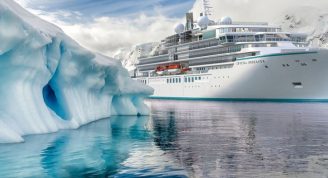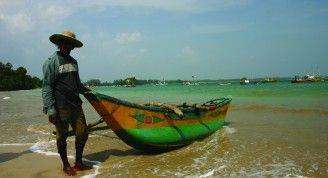Description
Contact us for dates and prices!
THE SCOTTISH ISLES, THE EDGE OF EUROPE, WEST AND NORTH THERE IS NOTHING MORE TILL THE SHORES OF AMERICA, THESE ISLES ARE OURS TO DISCOVER IN DEPTH.
Explore Scotland’s heartland harbours, villages and islands. It’s history of ages past, whilst making your own history viewing brochs, standing stones and rings. Isles where the wildlife is in abundance. A land where the people are waiting to welcome you to their unique culture – a culture which may reflect threads of your own heritage.
SHIP: MS Serenissima
We have chosen the MS Serenissima because of its suitability for our unique journey. Being a small ship, it has the ability to sail where larger ships cannot venture, for example, Mudros Harbour on Lemnos. Accommodating just 107 passengers,
the 59 cabins are attractively designed for comfort and convenience. All cabins are fully air conditioned with an ensuite bathroom, a full range of toiletries and hairdryer. Cabins come equipped with telephone, flat screen television, safety deposit box. A spacious observation deck allows 360 degree views of the passing scenery. Below this is the lido area with a state of the art fitness room, Jacuzzi and outside bar. The newly built covered seating area at the back of deck 6 is an ideal place for relaxing.









